State
Tribe Name
Art Type
short description
The Bhill tribe, predominantly found in Maharashtra, is one of India's largest indigenous groups. Known for their deep connection to the forest and natural resources, they have a rich cultural heritage of hunter-gathering and agricultural practices. Bhagoji Naik, a prominent freedom fighter, led the Bhill rebellion in the 19th century against British colonial rule. His courage and leadership in resisting exploitation by the British made him a significant figure in the freedom struggle. The Bhills' resilience continues to inspire today. Bhagoji Naik, a freedom fighter from the Bhill tribe in Maharashtra, played a crucial role in India's fight for independence. Born in Nandur Shingote, Nashik, he led a rebellion against the British colonial forces starting in 1855. After his release from imprisonment, he joined the 1857 Great Indian Rebellion and used guerrilla tactics to disrupt British operations. His bold attack on Peth Mahal in 1857 marked his defiance. Bhagoji was killed in 1859, but his legacy continues to inspire future freedom fighters
Thumbnail
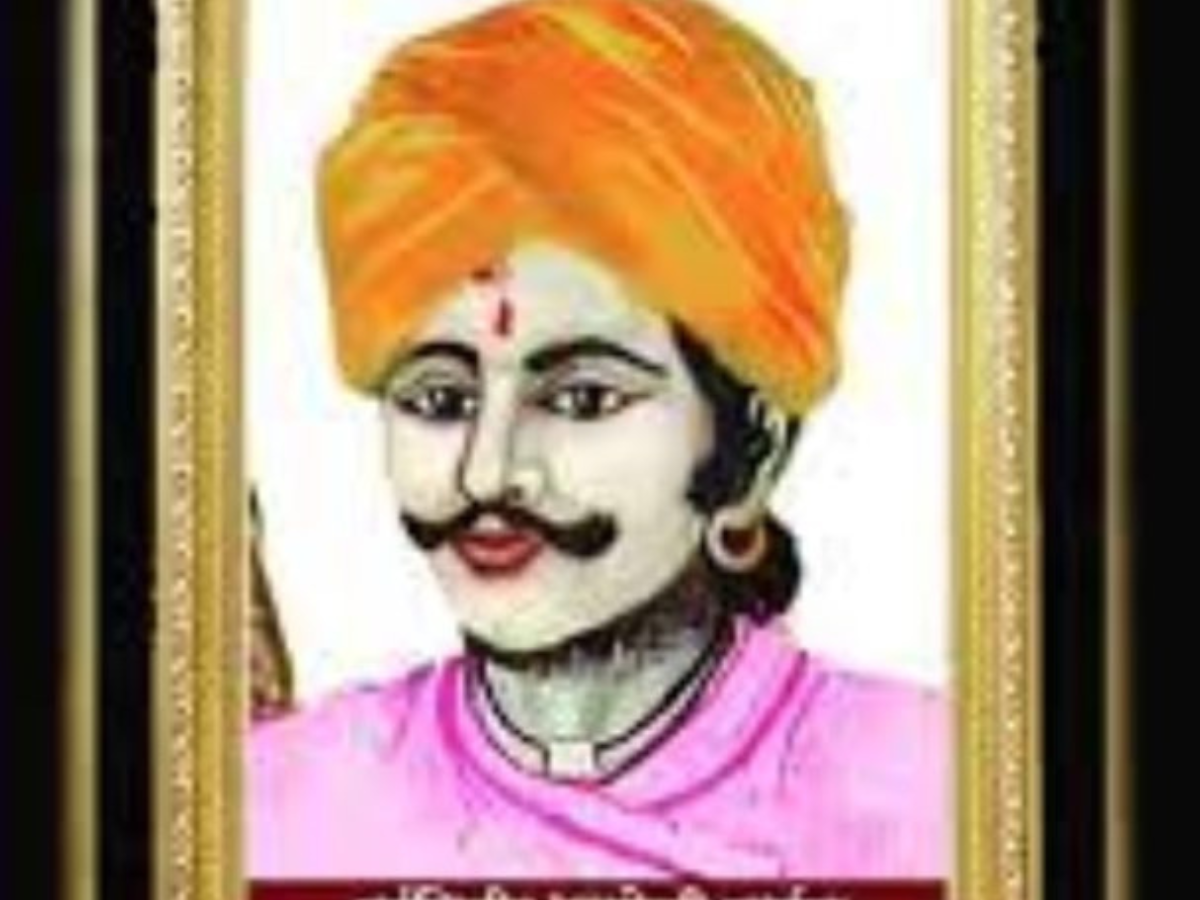
Filter Postion
Right
Filter Background
Off
Theme
Filter Header Image
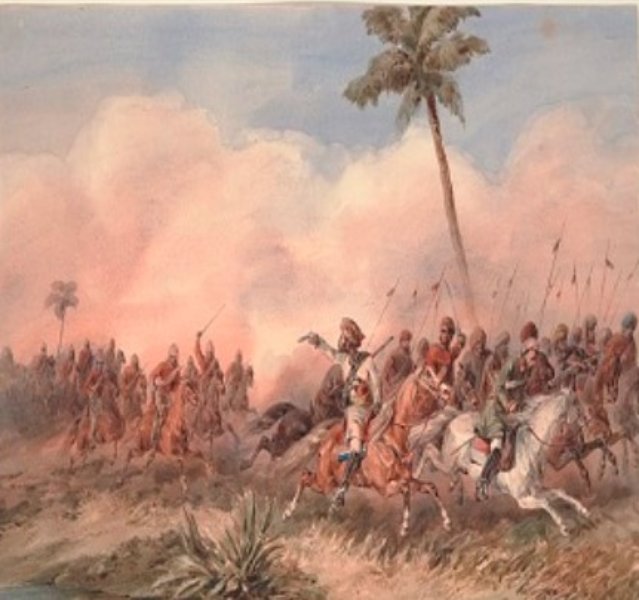
content
Image
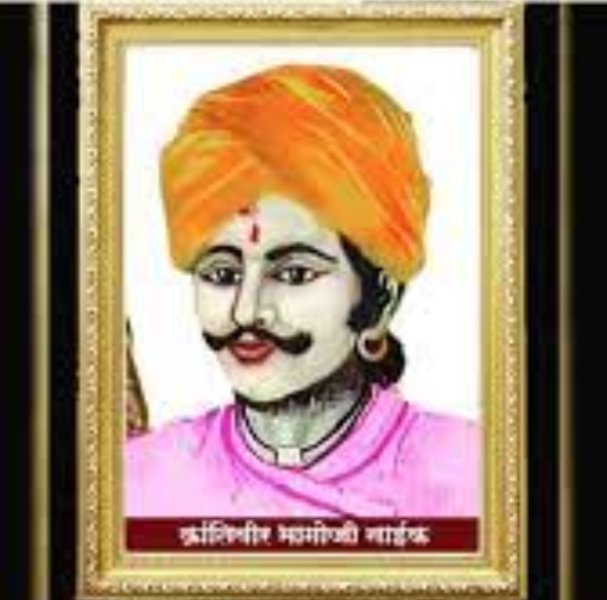
description
The Bhill tribe, predominantly found in Maharashtra, is one of India's largest indigenous groups. Known for their deep connection to the forest and natural resources, they have a rich cultural heritage of hunter-gathering and agricultural practices. Bhagoji Naik, a prominent freedom fighter, led the Bhill rebellion in the 19th century against British colonial rule. His courage and leadership in resisting exploitation by the British made him a significant figure in the freedom struggle. The Bhills' resilience continues to inspire today. Bhagoji Naik, a freedom fighter from the Bhill tribe in Maharashtra, played a crucial role in India's fight for independence. Born in Nandur Shingote, Nashik, he led a rebellion against the British colonial forces starting in 1855. After his release from imprisonment, he joined the 1857 Great Indian Rebellion and used guerrilla tactics to disrupt British operations. His bold attack on Peth Mahal in 1857 marked his defiance. Bhagoji was killed in 1859, but his legacy continues to inspire future freedom fighters
Image Mode
landscape
Image
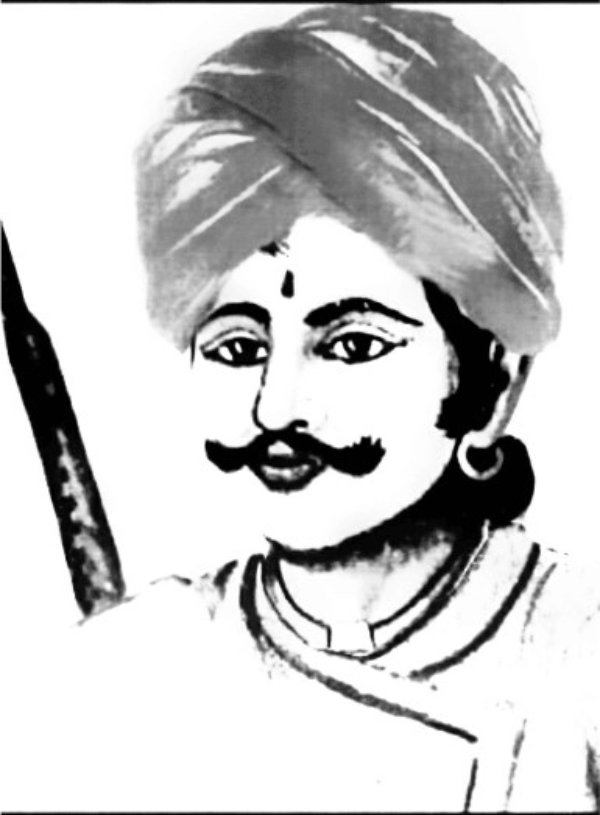
description
Bhagoji Naik, from Nandur Shingote in Nashik, Maharashtra, belonged to the Bhill tribe, known for their resilience and combat skills. Raised in the rugged terrain, he developed a warrior spirit and strong disdain for foreign oppression. Despite lacking formal education, Bhagoji had a keen understanding of the socio-political landscape, using it to lead his people in guerrilla warfare against the British. His leadership was marked by strategic acumen, inspiring his followers with a vision of freedom and self-determination
Image Mode
landscape
Image
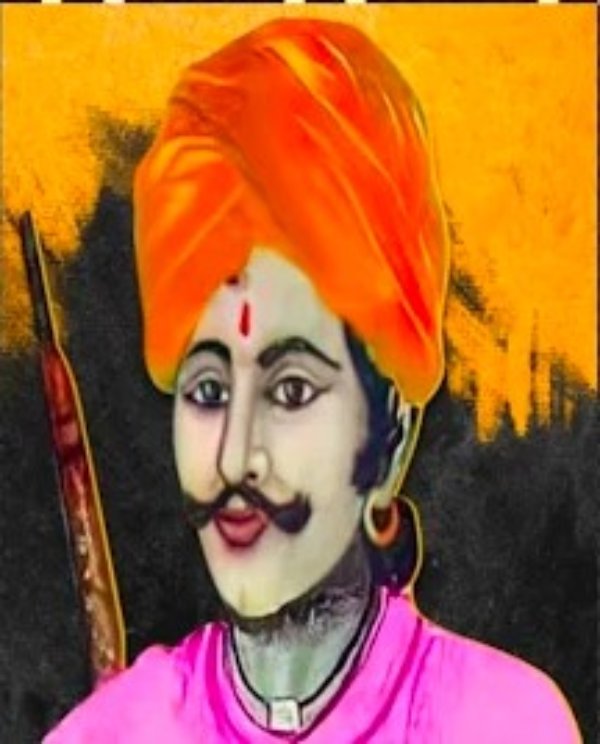
description
Bhagoji Naik played a pivotal role in the tribal resistance against British rule, particularly among the Bhil and Mahadevkoli communities. His leadership in the Nashik-Pune region marked a significant effort to preserve the dignity and autonomy of his people. The tribal revolt led by Bhagoji Naik showcased the resilience of local communities in challenging British colonial control, proving the power of localized resistance in the broader Indian freedom movement
Image Mode
landscape
Image
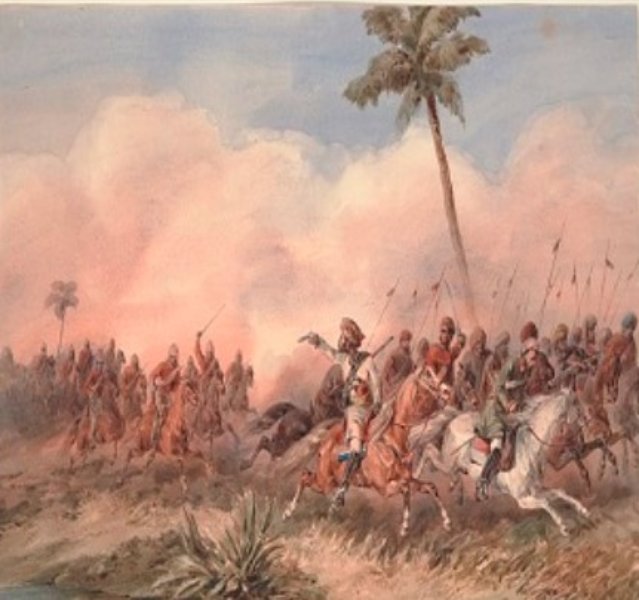
description
Bhagoji Naik’s courage remains a source of pride and inspiration for the Bhil and other tribal communities in India. His contribution to the freedom struggle is a reminder of the sacrifices made by indigenous people in their fight for independence. Landmarks such as Bhagoji Naikacha Ghat serve as lasting symbols of his bravery and the sacrifices made by tribes in their resistance against colonial forces, ensuring his legacy continues to inspire future generations
Image Mode
landscape
promoted
On
Verified
On
